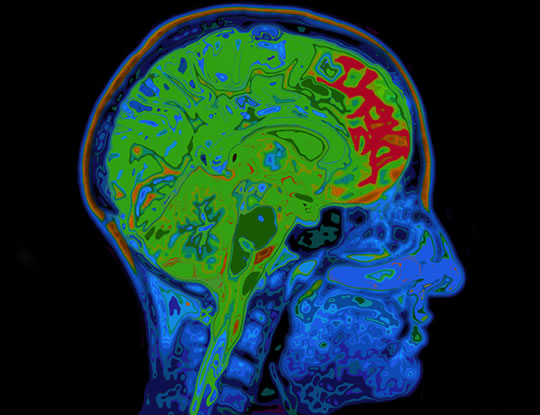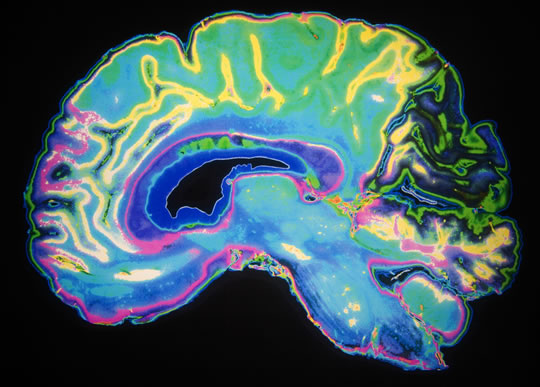New study suggests scientists have been looking in the wrong place for the cause of Alzheimer’s disease.
Alzheimer’s disease may be caused by immune cells that start to behave abnormally, a new study finds.
Scientists have also used a drug to block this process and slow the disease in mice.
The immune cells, instead of protecting the body, consume an important nutrient called arginine.
Professor Carol Colton, who led the study, said:
“If indeed arginine consumption is so important to the disease process, maybe we could block it and reverse the disease.”
Matthew Kan, the study’s first author, said the research came from a totally new direction:
“It’s surprising, because [suppression of the immune system is] not what the field has been thinking is happening in AD.
Instead, scientists have previously assumed that the brain releases molecules involved in ramping up the immune system, that supposedly damage the brain.”
The scientist found that immune cells called microglia may be at the heart of Alzheimer’s.
When they studied the disease process in mice, it was these microglia — part of the immune system — that seemed to be causing the disease.
When the researchers blocked the reduction of the amino acid arginine, mice performed better on memory tests and had fewer tangles and plaques in their brains that are characteristic of Alzheimer’s disease.
Mr Kan said:
“All of this suggests to us that if you can block this local process of amino acid deprivation, then you can protect — the mouse, at least — from Alzheimer’s disease.”
None of this means that people should consider supplementing their diet with arginine.
It is difficult for arginine to cross the blood-brain barrier and in any case would be broken down by the disease process.
Professor Colton said:
“We see this study opening the doors to thinking about Alzheimer’s in a completely different way, to break the stalemate of ideas in AD.
The field has been driven by amyloid for the past 15, 20 years and we have to look at other things because we still do not understand the mechanism of disease or how to develop effective therapeutics.”
The study was published in the Journal of Neuroscience (Kan et al., 2015).
Alzheimer’s photo from Shutterstock








